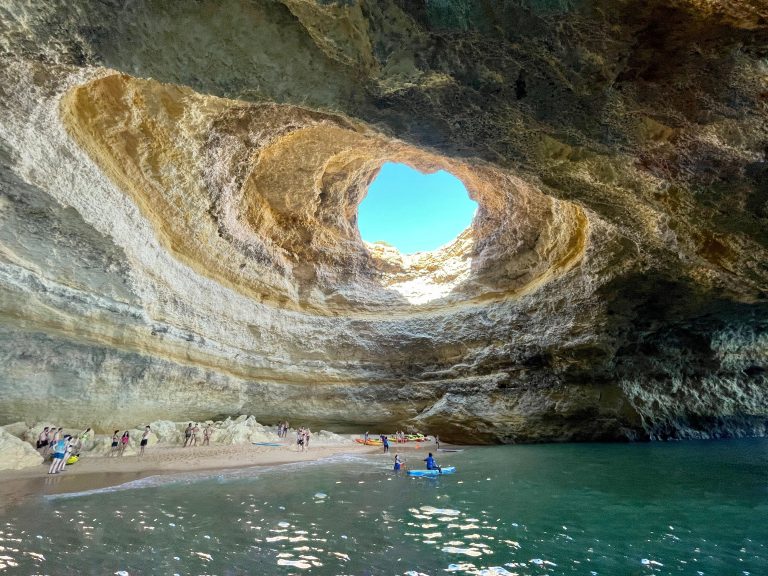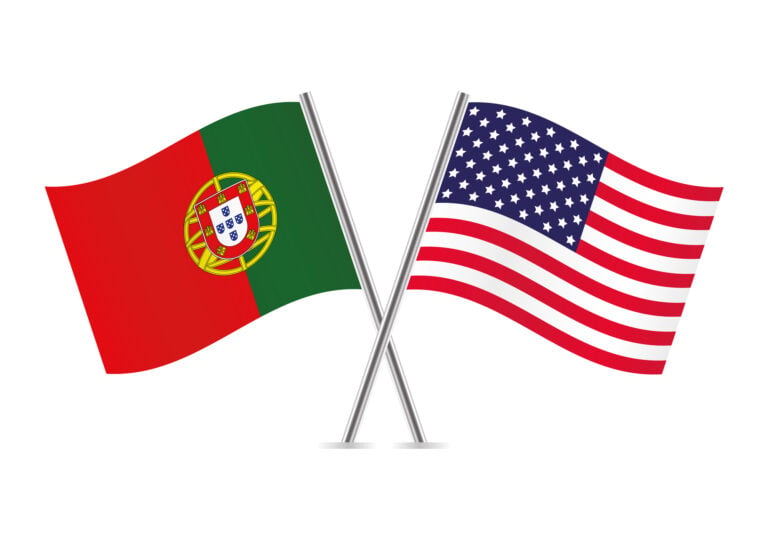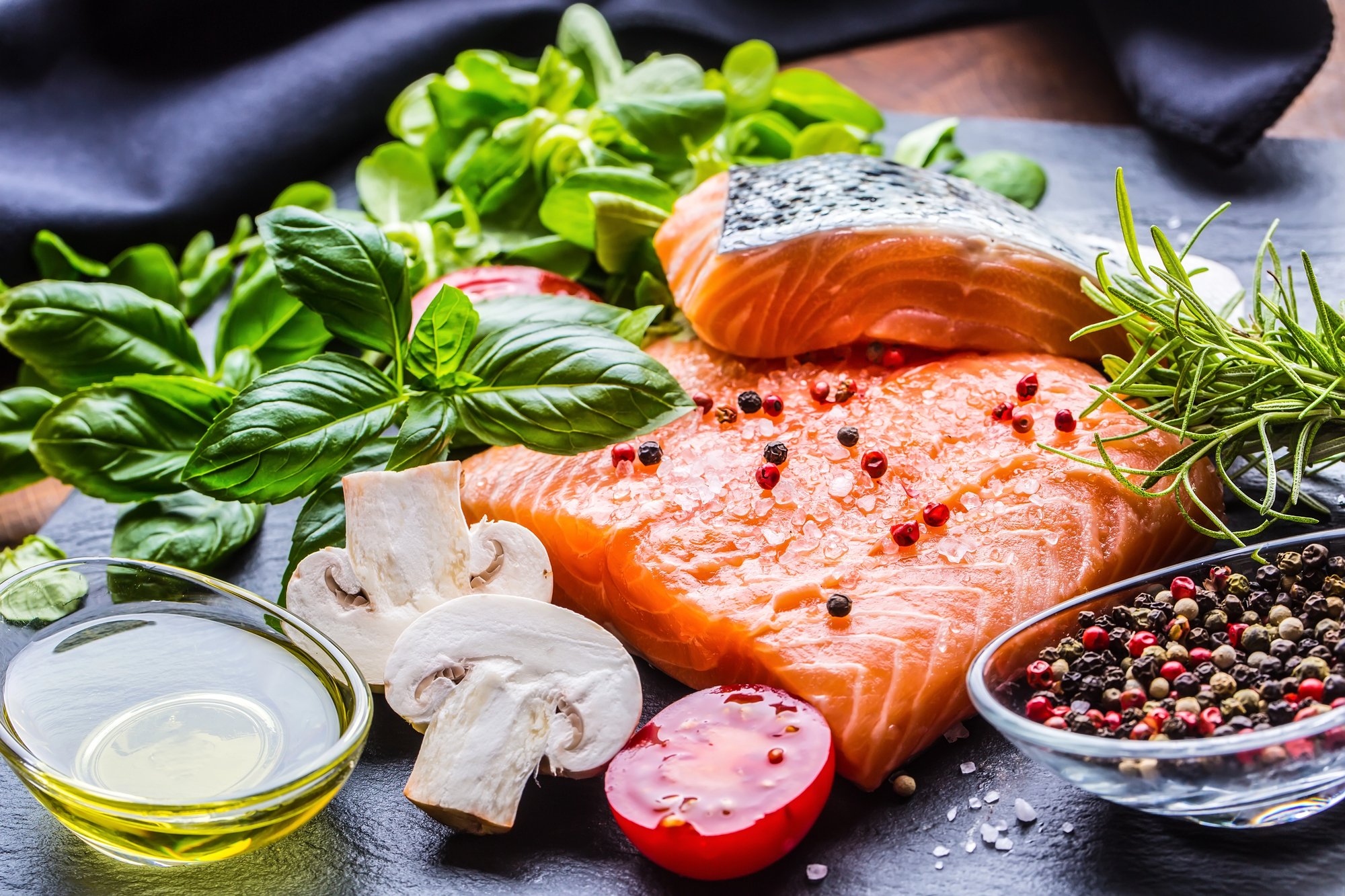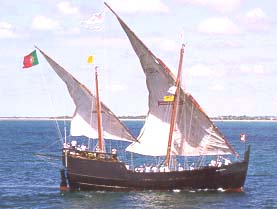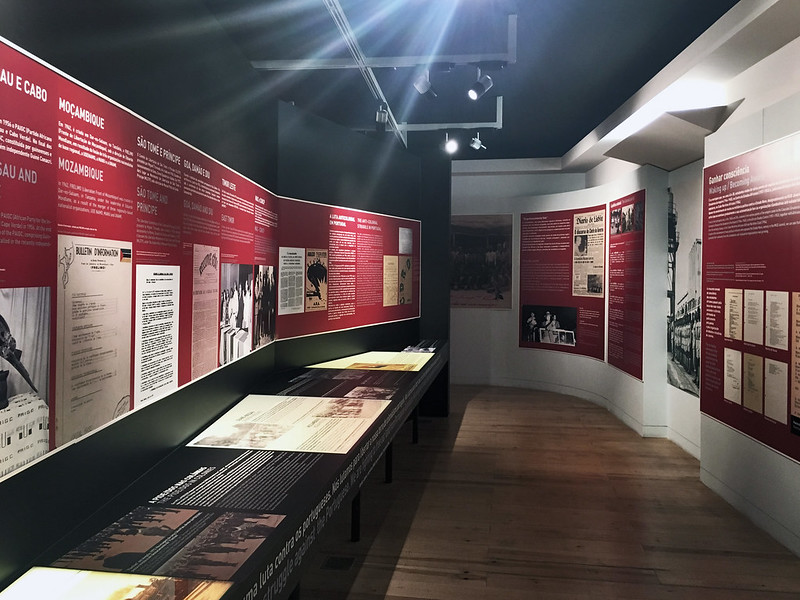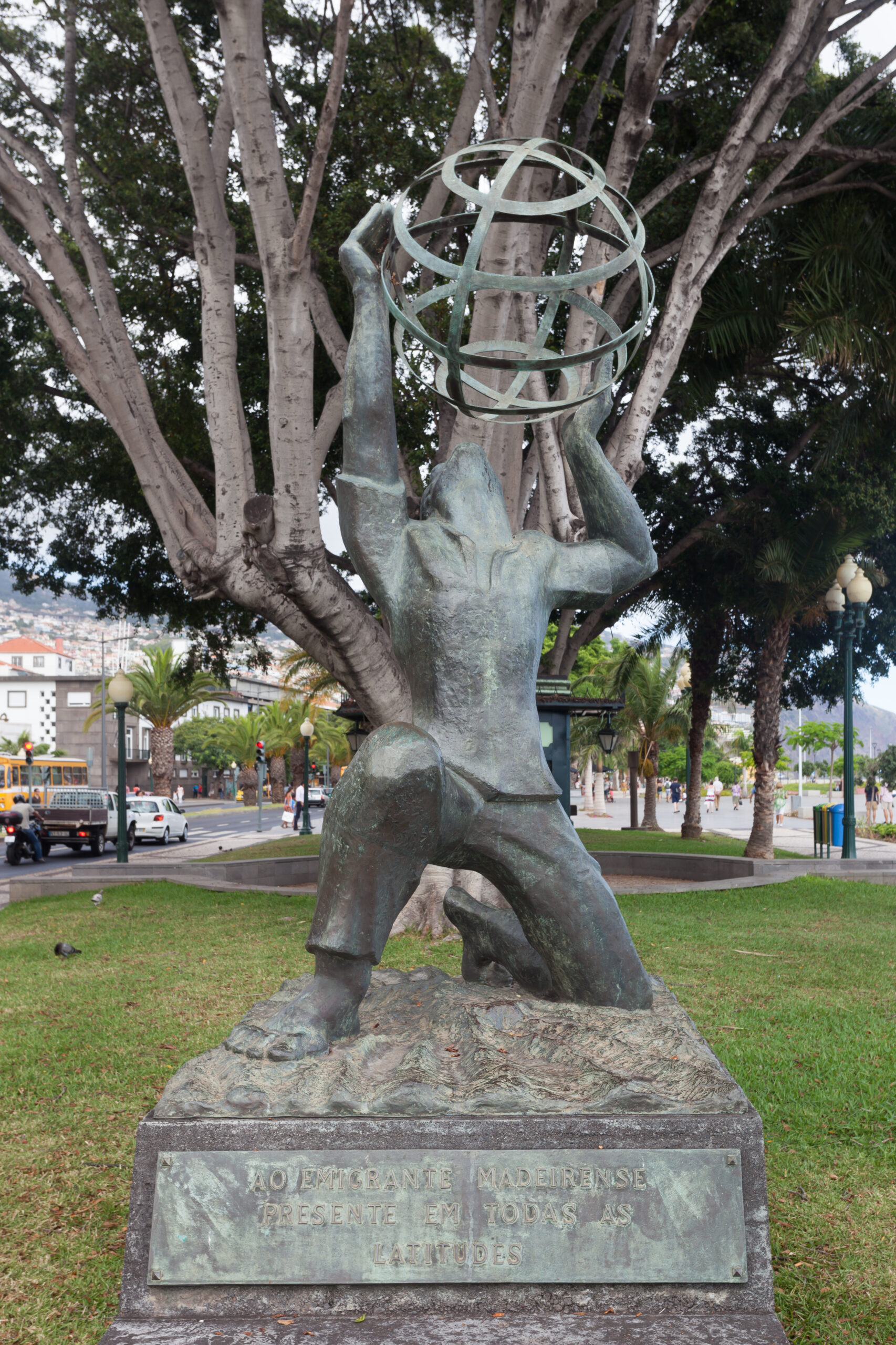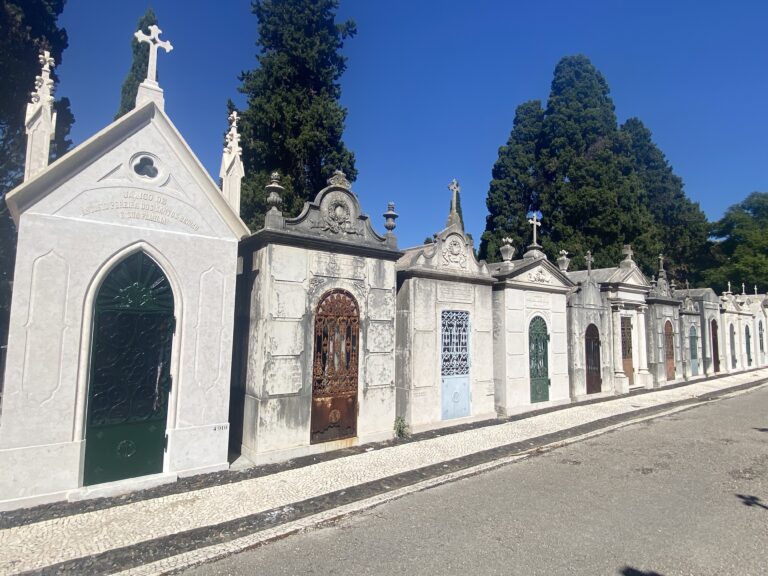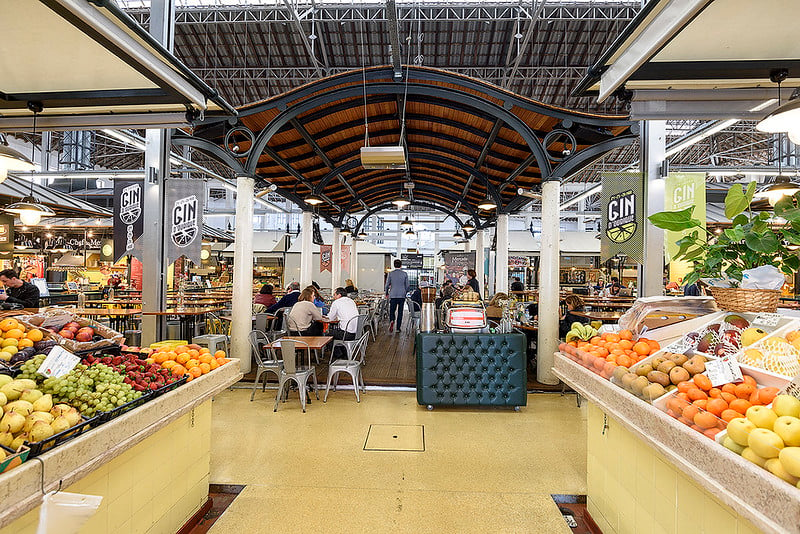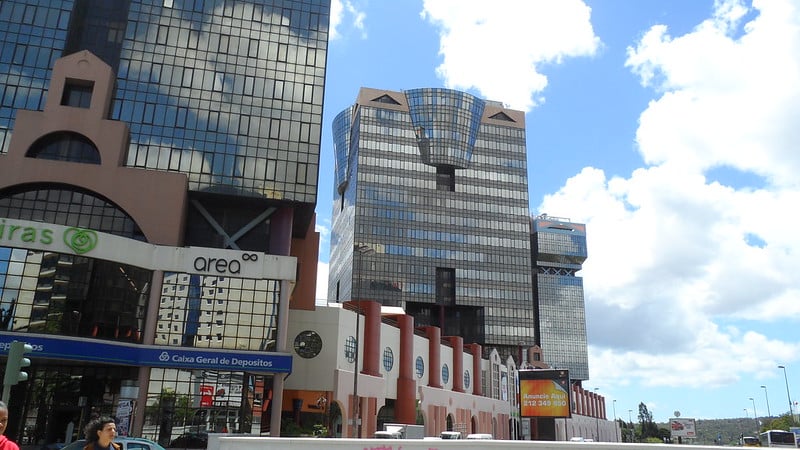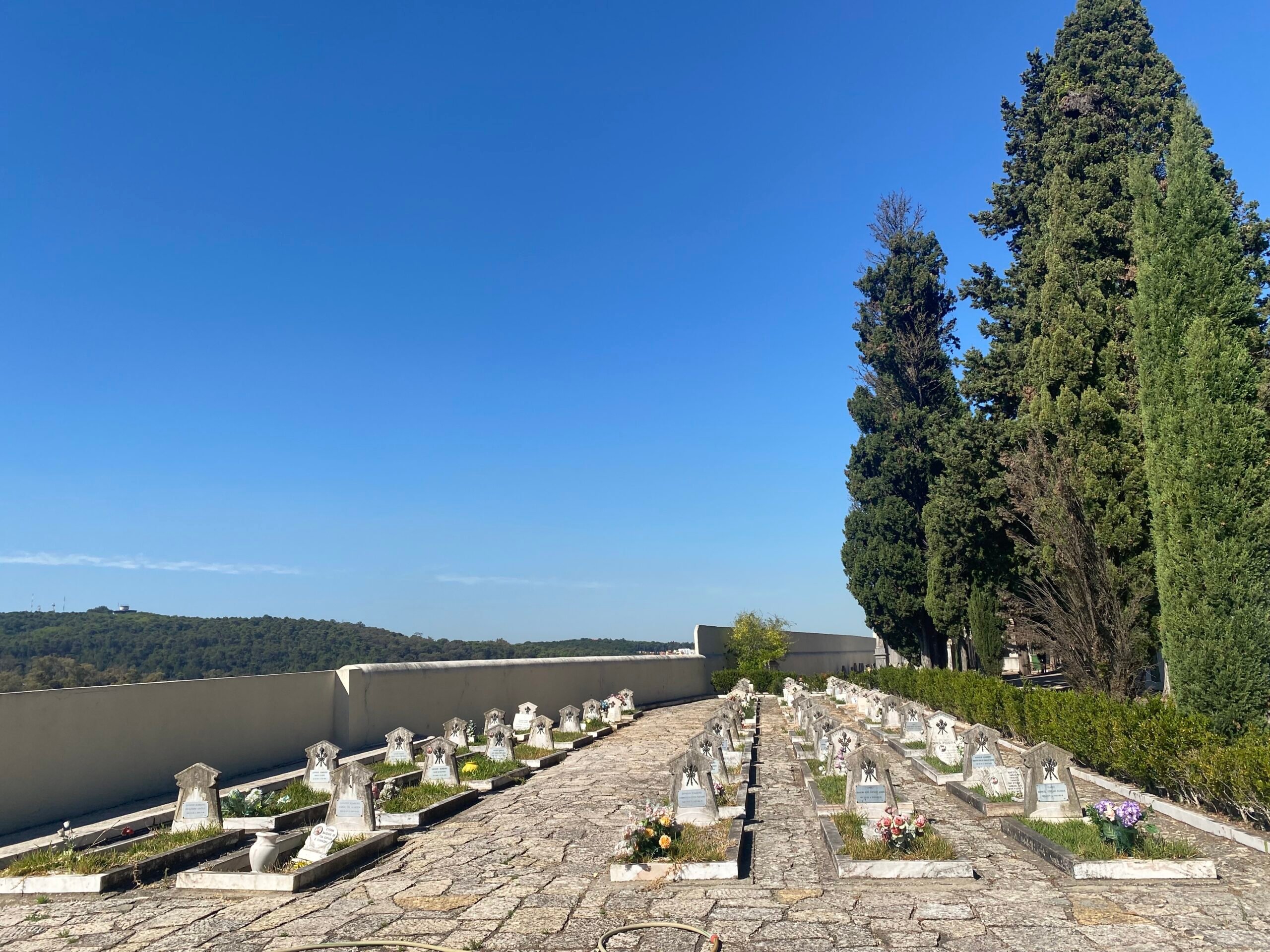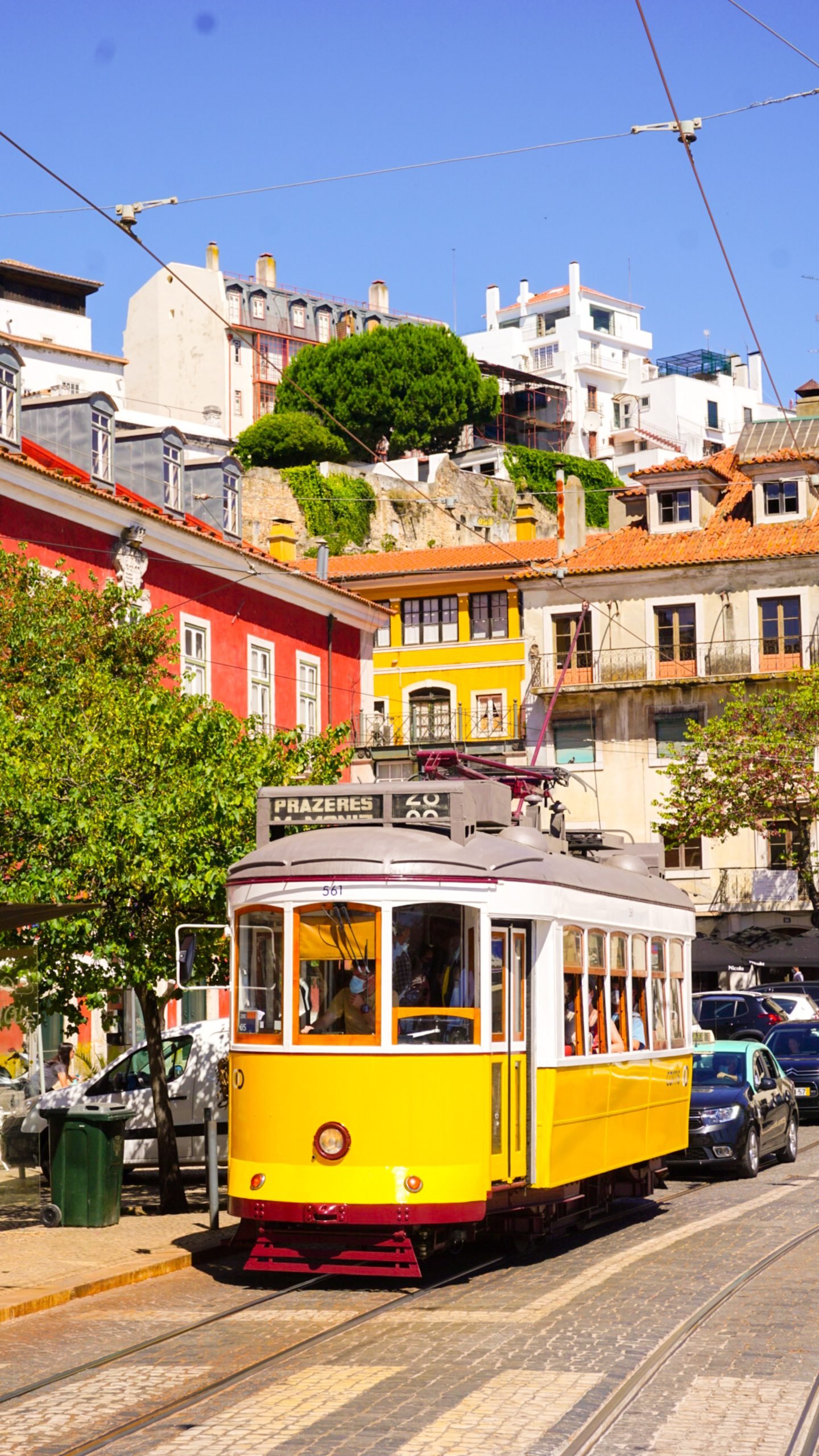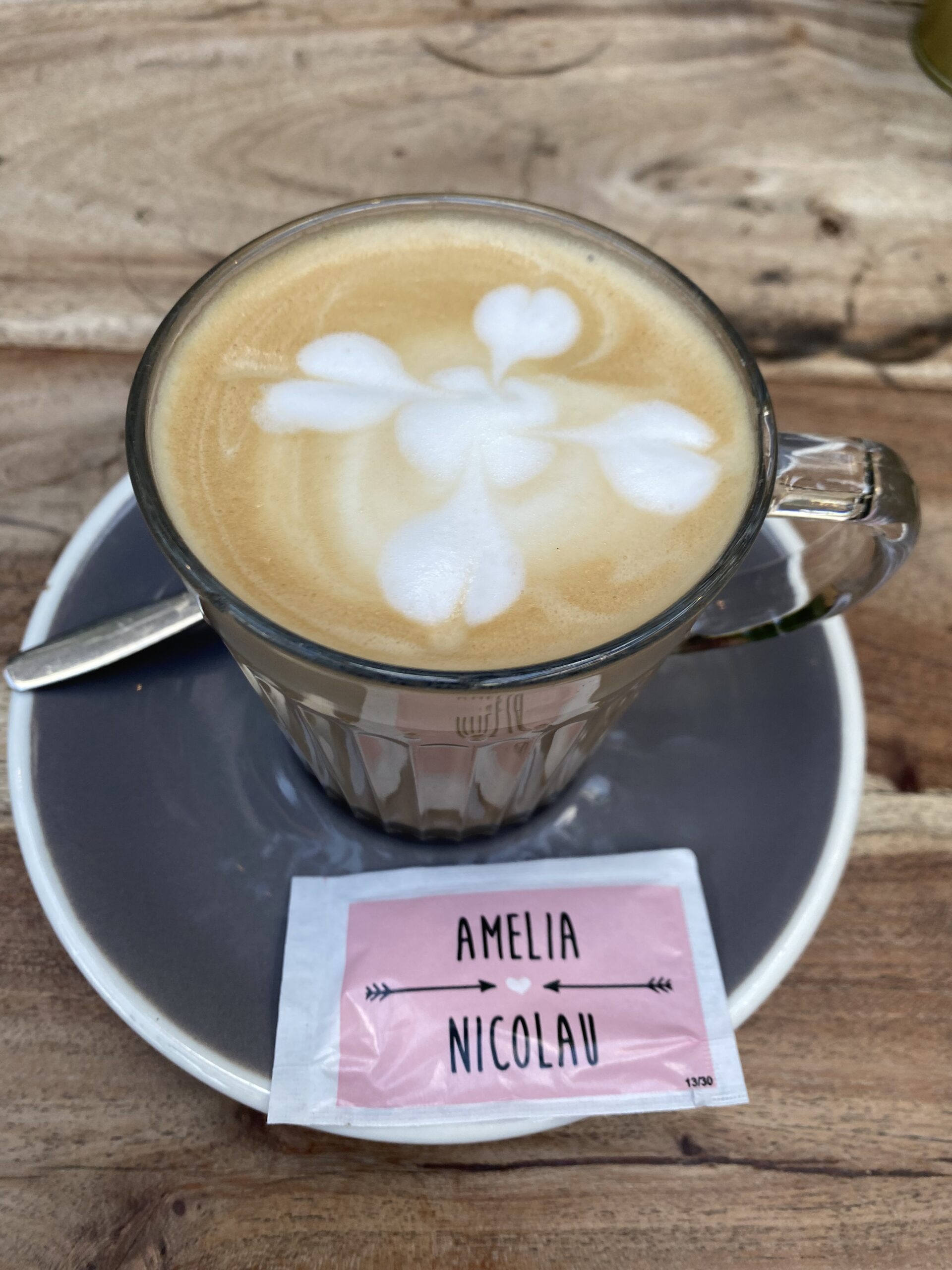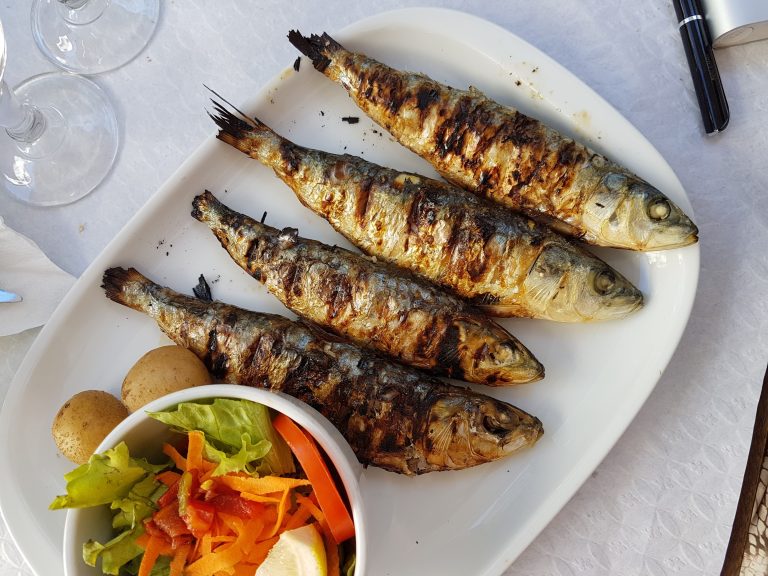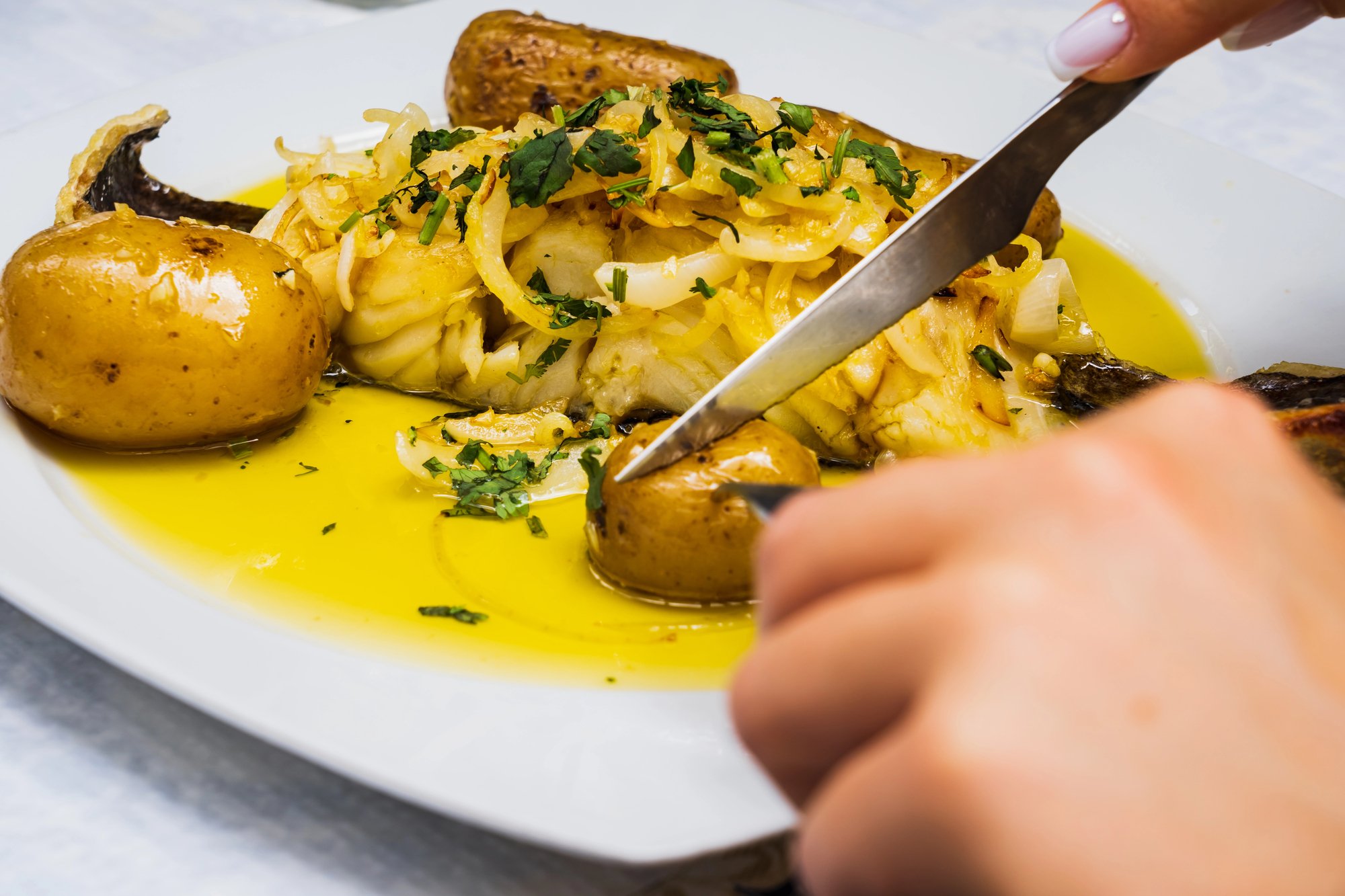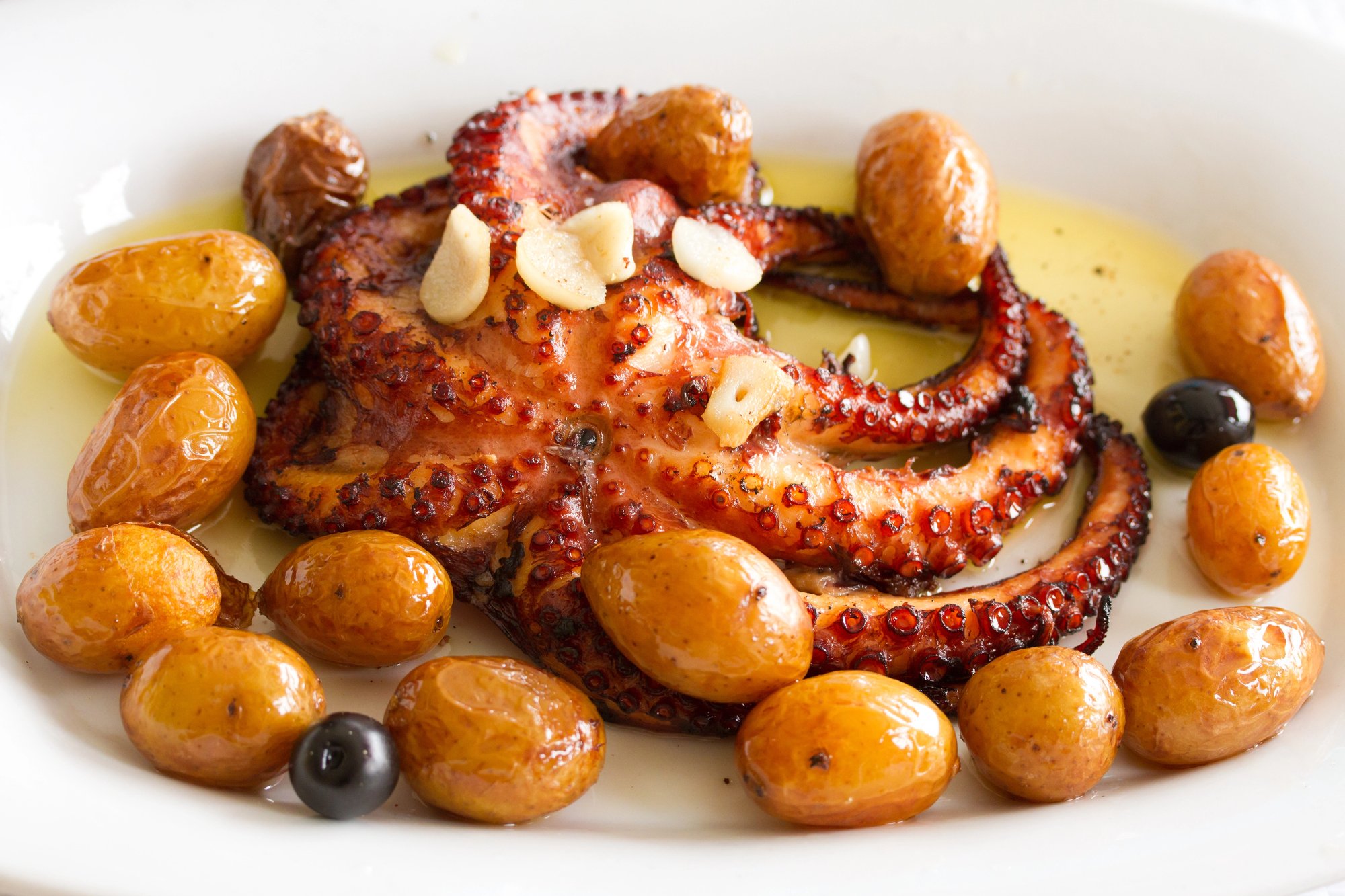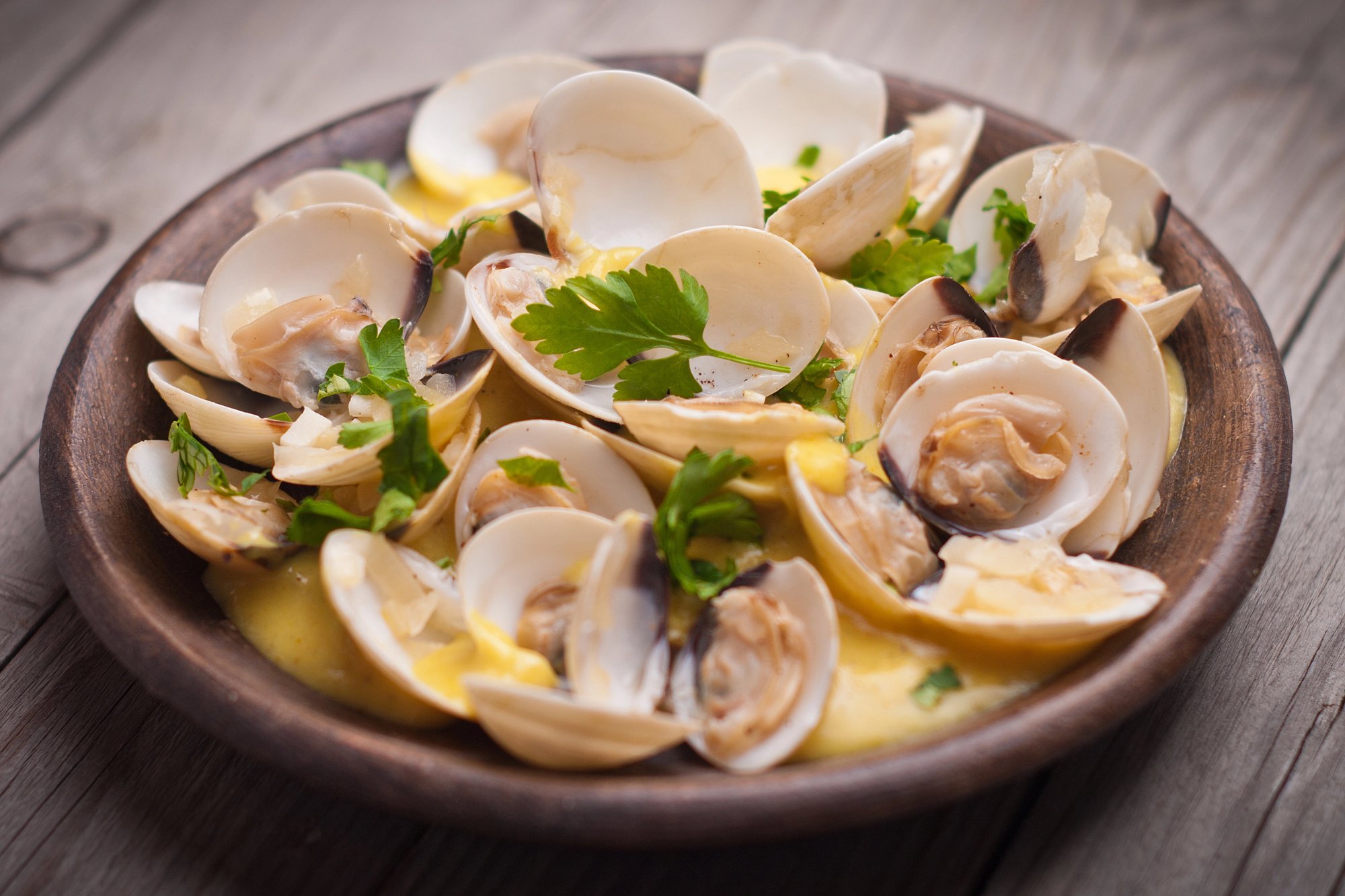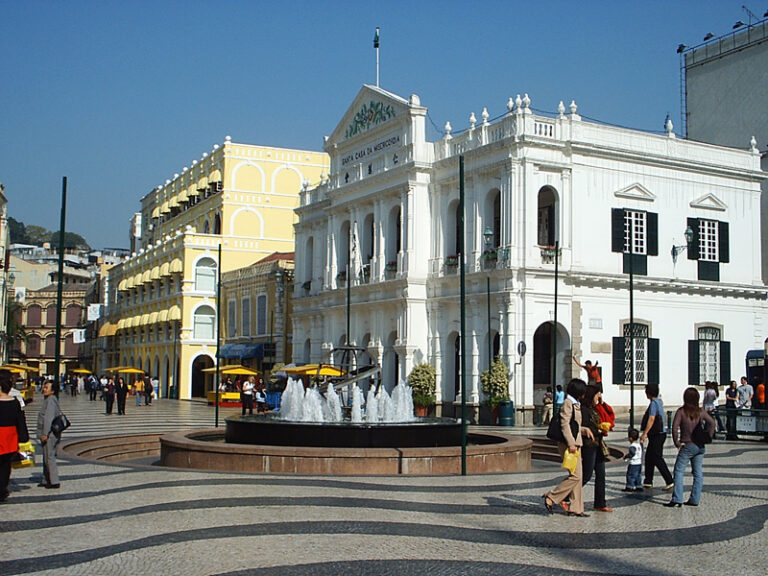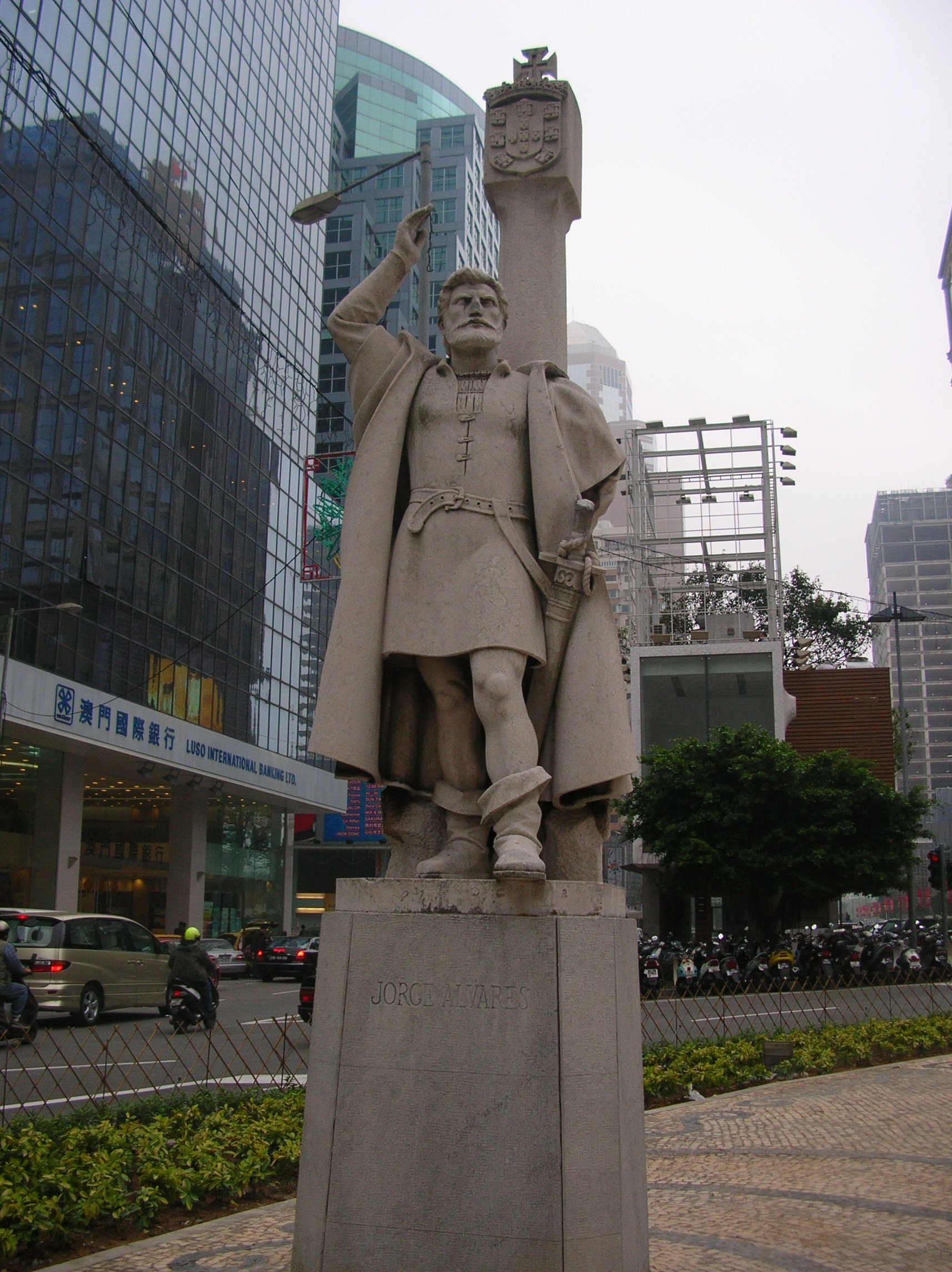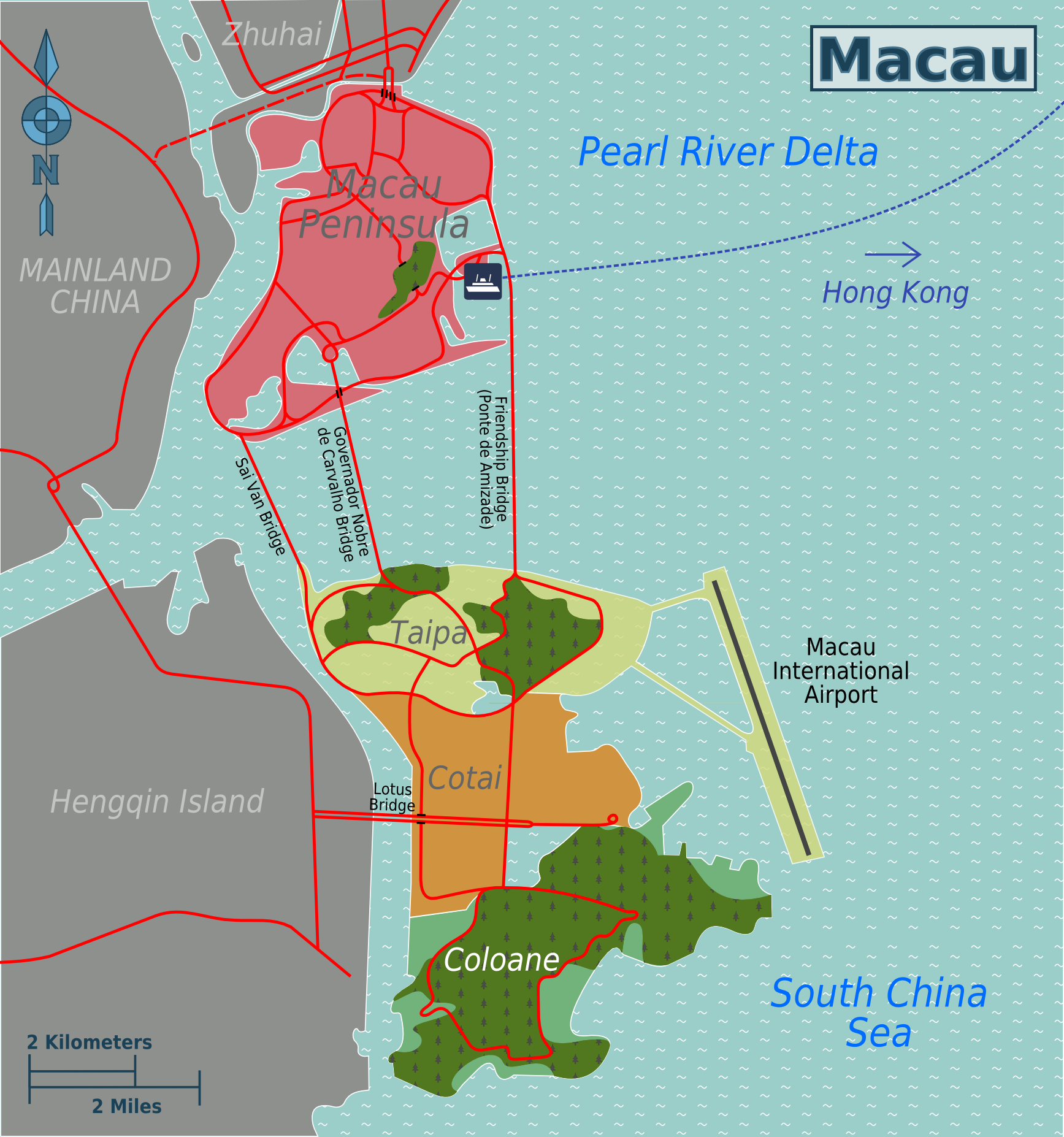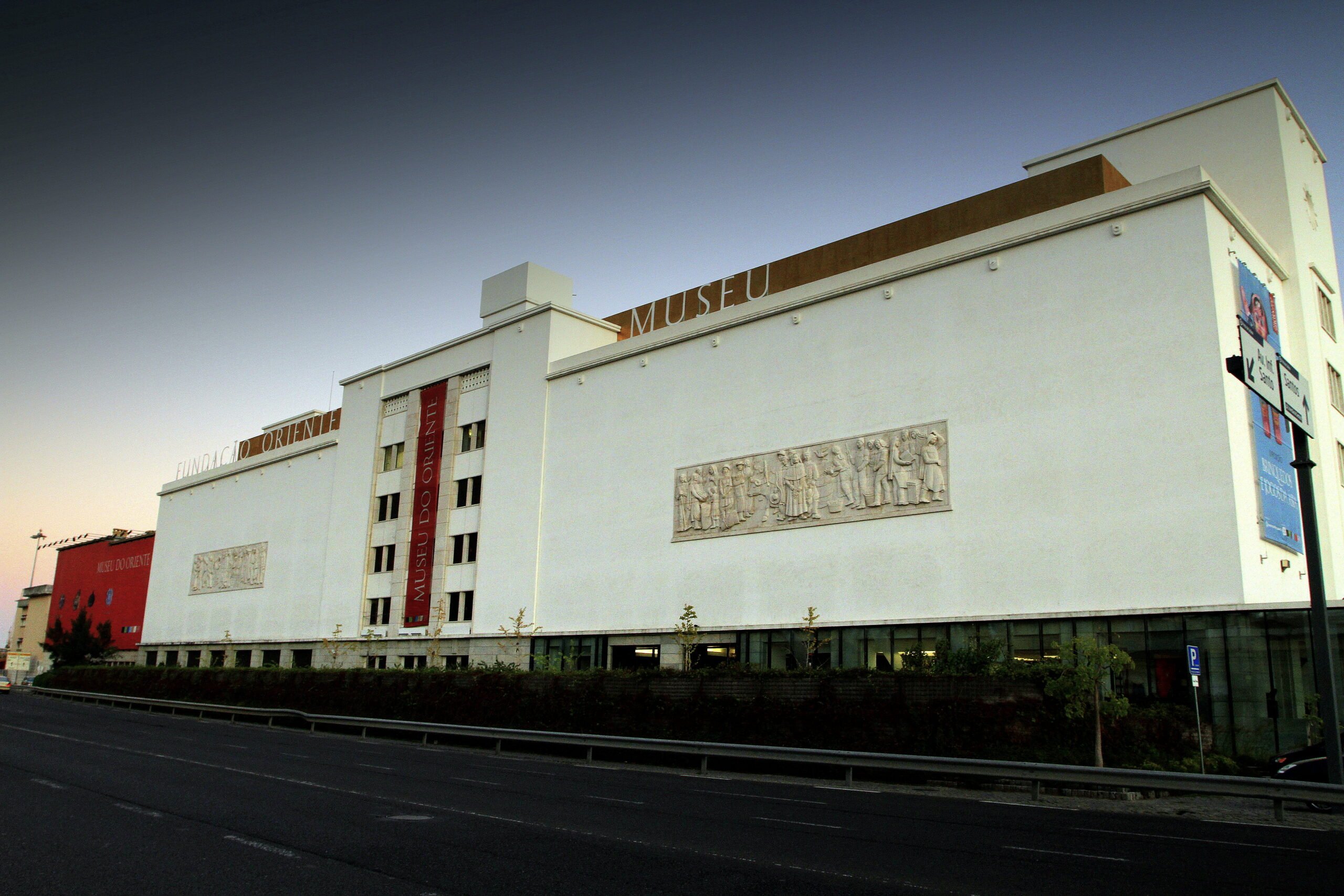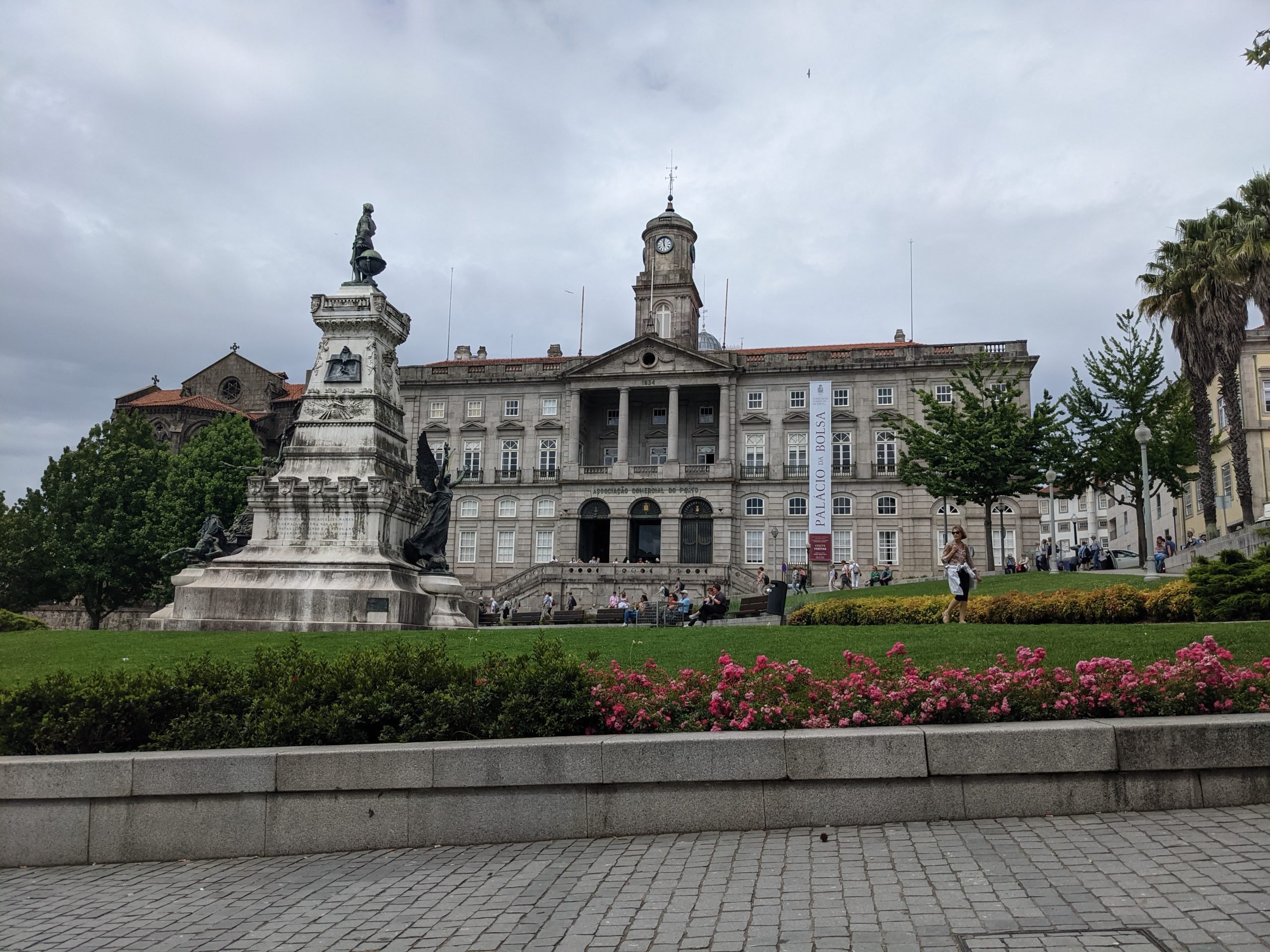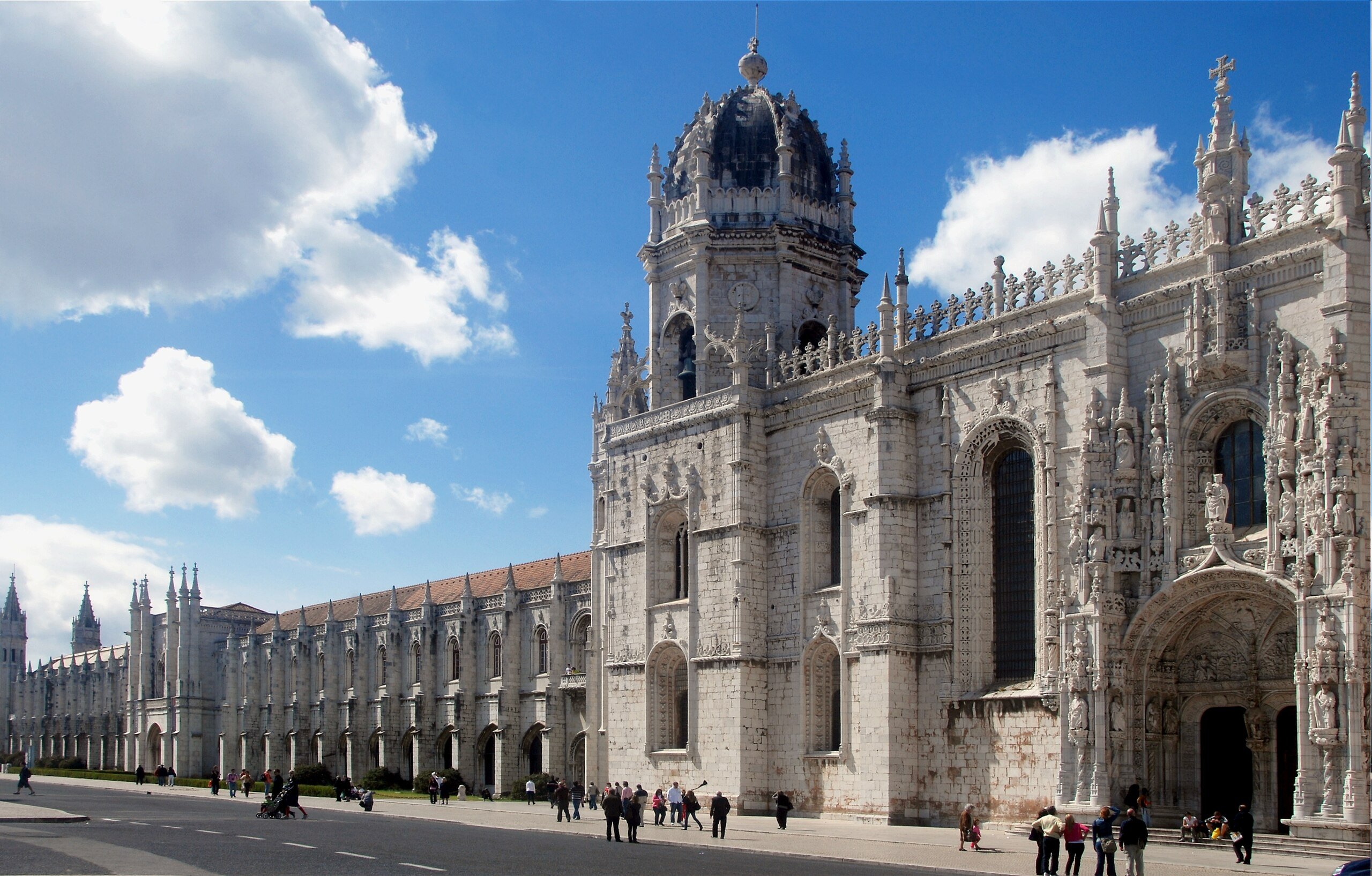Portugal’s stunning landscapes, historic architecture, and vibrant culture make it a photographer’s paradise. Castles, beaches, colorful city streets, cork trees dotting the countryside – you name it, Portugal’s got it. This enchanting country offers countless opportunities for capturing that perfect shot. As someone who has spent years exploring Portugal’s most photogenic locations, I’m excited to share my Top 10 photo spots with you. The only question is – do you agree? Or is there something I’m missing?
1. Pena Palace, Sintra
Perched high above the verdant hills of Sintra, Pena Palace stands as Portugal’s most photographed landmark, and for good reason. This 19th-century Romanticist castle appears as if it were plucked straight from a fairy tale, with its vivid yellow and red walls, ornate architectural details, and whimsical design elements. The most iconic shot can be captured from the palace’s terraces, where you can frame the structure against the lush forest backdrop. For optimal lighting, arrive early in the morning when the sun bathes the palace’s eastern facade in golden light, or visit during the “blue hour” just before sunset when the palace seems to glow against the deepening sky.
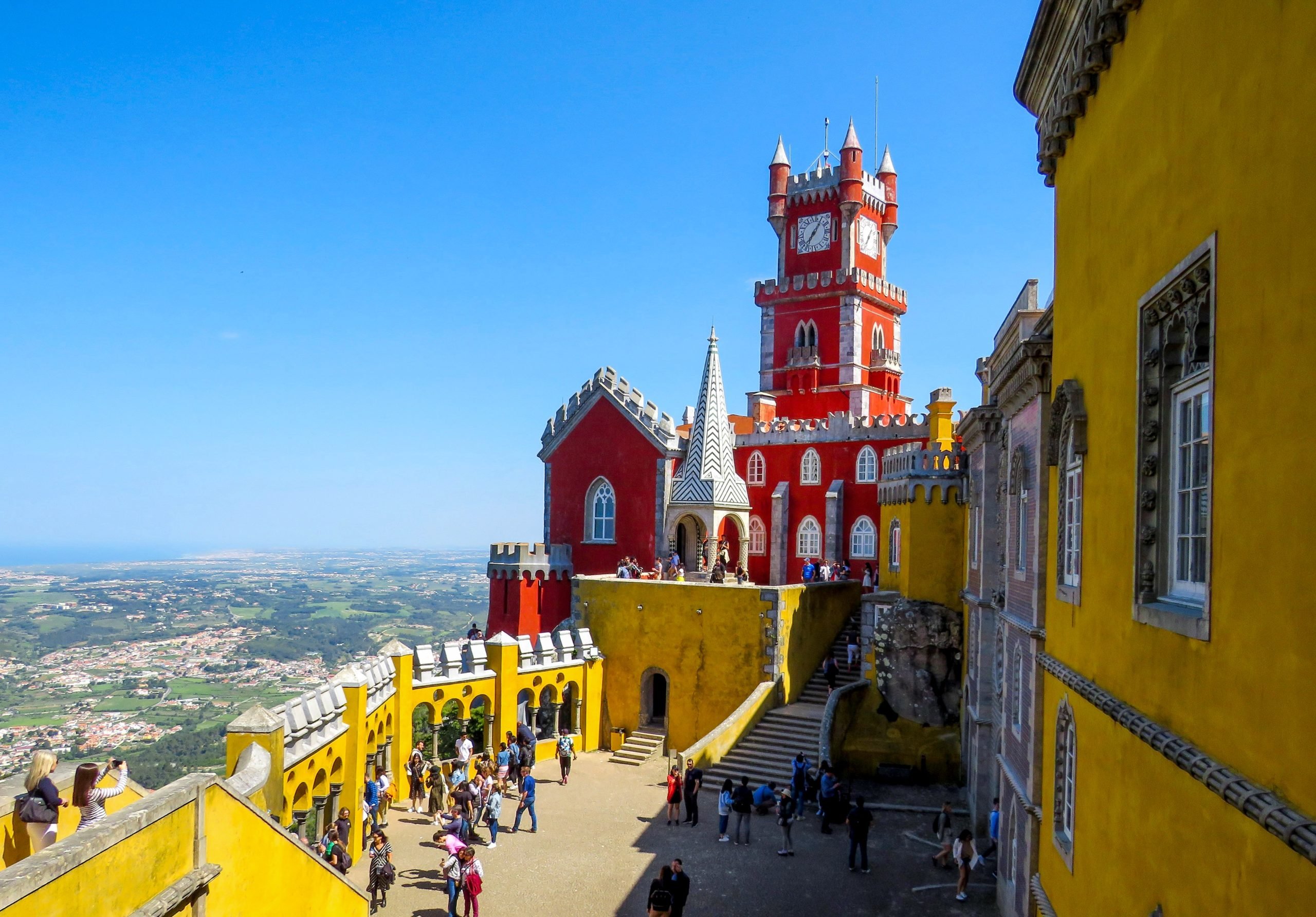
The perfect spot – Cruz Alta viewpoint, the highest point in the Pena Park. Take the trail behind the palace for about 10 minutes until you reach this elevated position. From here, you can capture the entire palace with its yellow and red towers against the backdrop of the Serra de Sintra mountains.
2. Ribeira District, Porto
In Porto, the Ribeira district along the Douro River offers perhaps one of Portugal’s most recognizable views. The first time I saw the Luís I Bridge with the colorful houses stacked along the riverbank it took my breath away. This location truly comes alive during golden hour, when the setting sun reflects off the river and bathes the Ribeira in warm, golden light.
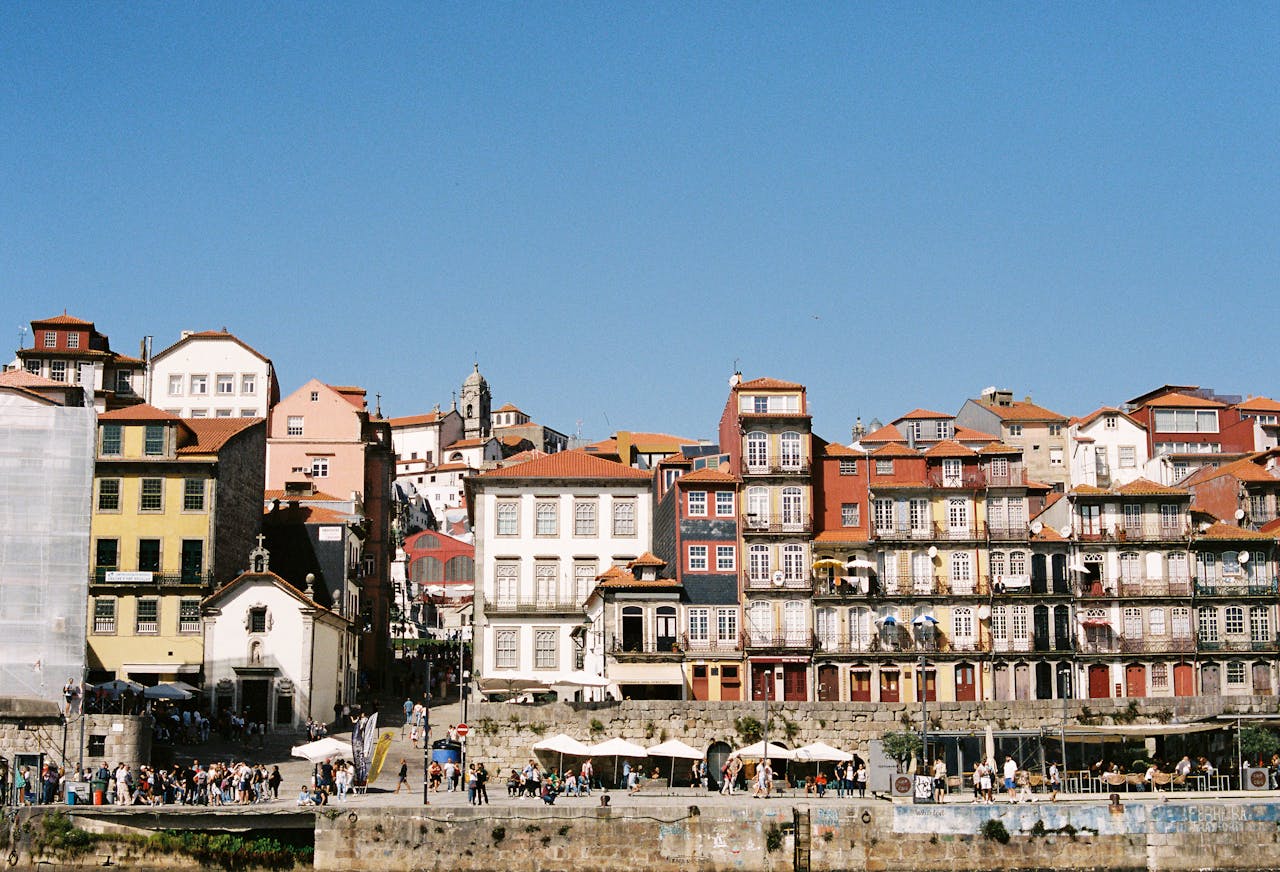
The perfect spot – Serra do Pilar Monastery viewpoint in Vila Nova de Gaia. Cross the Dom Luís I Bridge and head up to the monastery’s terrace. This elevated position offers the quintessential Porto shot with the entire Ribeira district, the bridge, and the river in frame. For street-level shots, stand on the Cais da Ribeira boardwalk, near the Pestana Porto Hotel – this spot gives you the perfect composition of colorful houses reflecting in the river with rabelo boats in the foreground.
3. Benagil Cave, Algarve
The Benagil Cave along the Algarve coast has become one of Portugal’s most sought-after photo locations in recent years. This natural cathedral-like sea cave, with its perfectly circular opening in the ceiling, creates otherworldly light effects throughout the day. The best photographs are captured from inside the cave looking up through the oculus, especially when sunlight streams through, creating dramatic light beams.
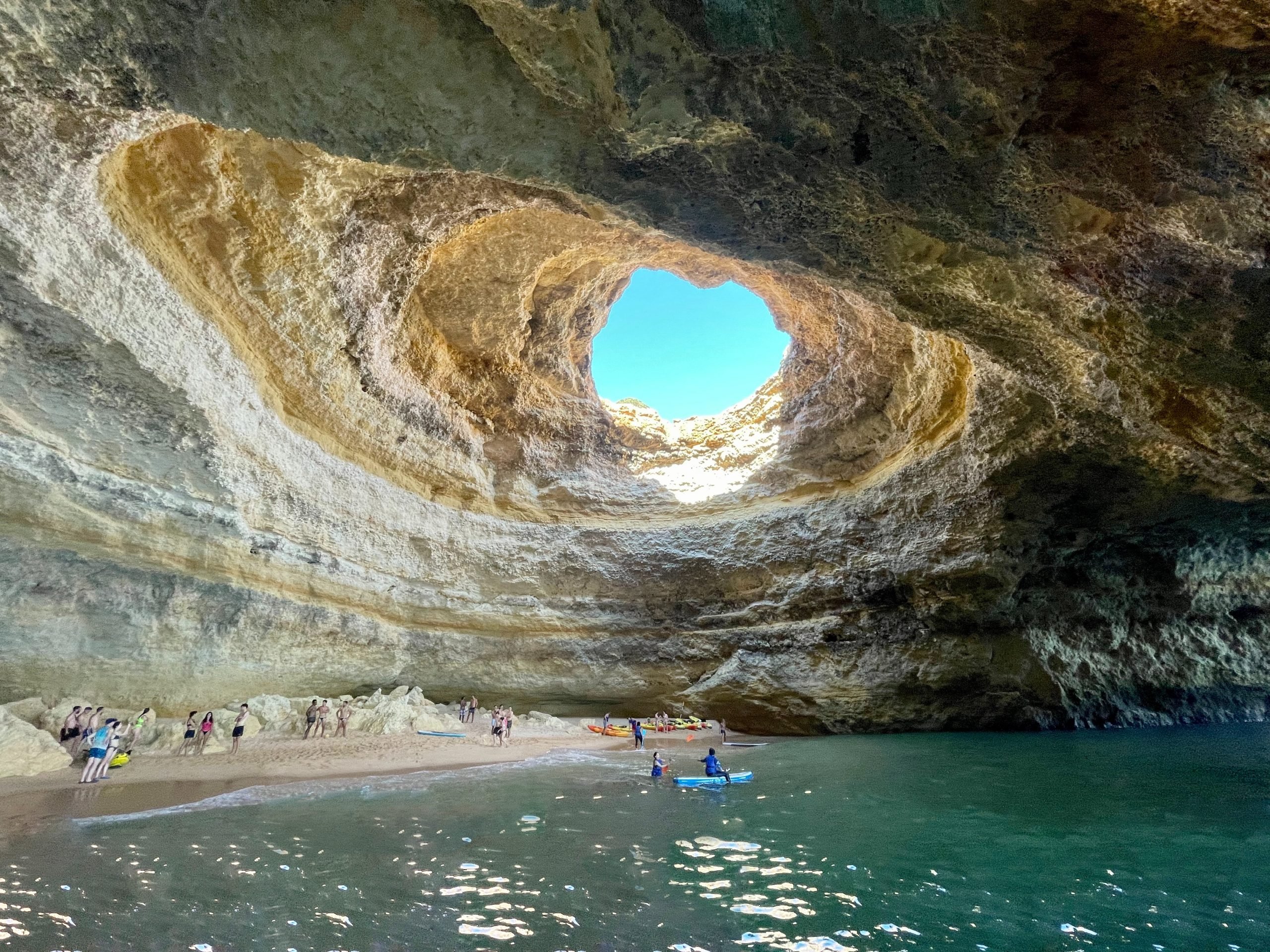
The perfect spot – As of August 2023, Benagil Cave can only be accessed by boat tour or kayak with a guide. For the most dramatic shots, try to get a tour that visits between 11 AM and 2 PM when the sun is high enough to illuminate the interior. You are no longer able to disembark and stand on the small beach for a photo, so you will need to try for the best vantage point from the boat that will capture both the cave’s opening and the rock wall as pictured above.
4. Rua de Cavaleiros, Lisbon
Rua de Cavaleiros in Lisbon is a hidden gem for photographers giving snap-happy enthusiasts a blend of old-world charm and vibrant colors. Lined with pastel-colored buildings and vintage signage, this picturesque street captures the essence of Lisbon’s historic beauty. The gentle curve of the street, combined with its architectural details, makes for striking compositions. For the best lighting, visit in the early morning when the soft light enhances the colors of the buildings or late afternoon when the street takes on a golden glow.
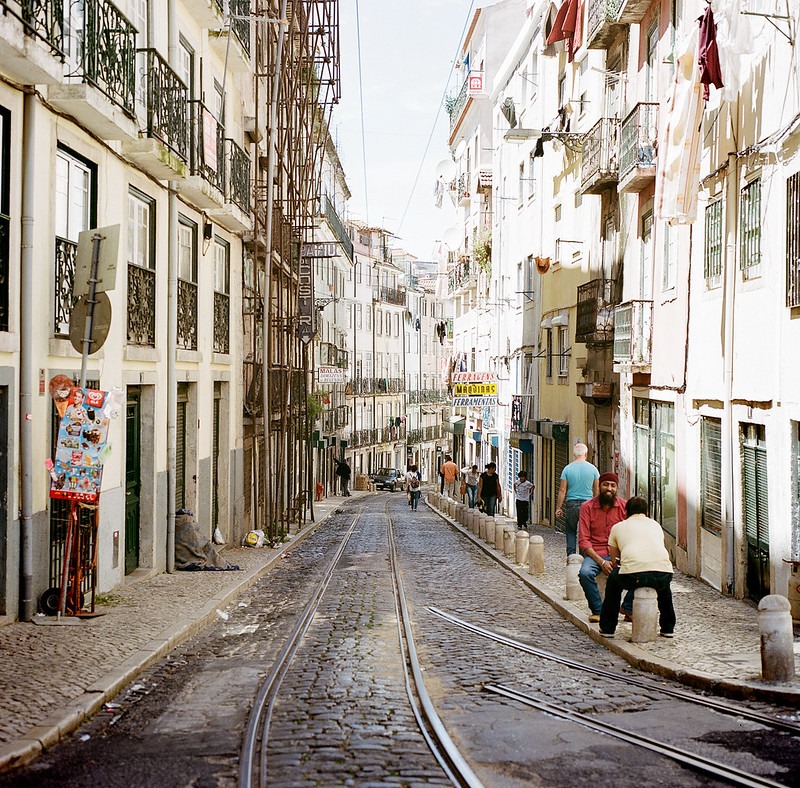
The perfect spot – Position yourself at the lower end of Rua de Cavaleiros looking uphill. This angle captures the street’s colorful facades and intricate details. The best spot will include the iconic yellow tram rolling through the streets. When the tram arrives, act fast because it will be several minutes before it comes again!
5. Biblioteca Joanina, University of Coimbra
The University of Coimbra’s Biblioteca Joanina represents one of Portugal’s most spectacular interior photography locations. This 18th-century library, with its gilt bookcases, elaborate ceiling frescoes, and rich wooden details, offers countless opportunities for stunning architectural shots. While photography inside requires special permission and timing (as flash photography is prohibited), the results are worth the effort. The natural light filtering through the windows creates magical effects on the library’s ornate details. The exterior courtyard also provides excellent photo opportunities, especially during the golden hour when the sun illuminates the baroque facade.
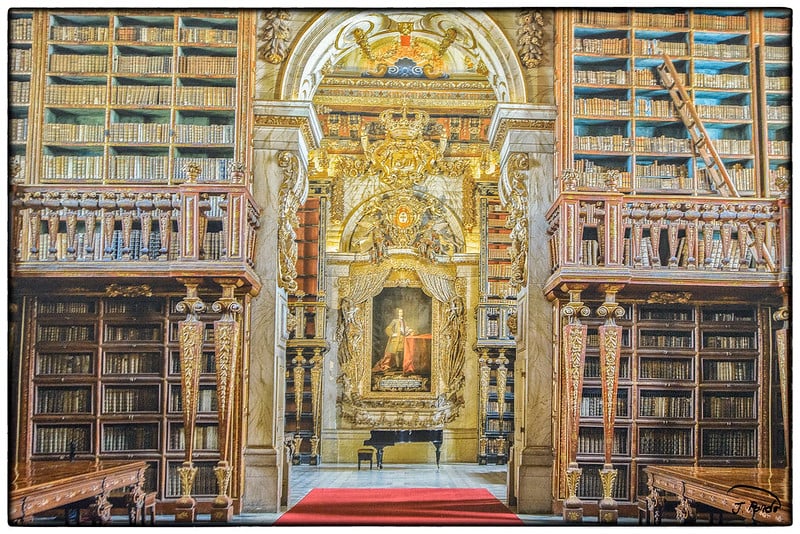
The perfect spot – For the most dramatic shot, stand at the entrance doorway of the main floor, where you can frame the entire length of the library with its baroque ceiling visible above the wooden tables and gilt shelves. There are three halls in the library: black, red, and green – so you may find that you have a favorite room for your perfect shot.
6. Ponta de São Lourenço, Madeira
For nature photographers, the Madeira island’s Ponta de São Lourenço peninsula offers breathtaking landscape opportunities. This dramatic headland, with its rugged cliffs and serpentine hiking trails, provides sweeping views of the Atlantic Ocean and volcanic formations. The most photogenic spot is found at the peninsula’s eastern tip, where the hiking trail offers a perfect vantage point of the layered rock formations and crashing waves below. Dawn photography here is particularly rewarding, as the rising sun paints the landscape in warm hues and creates dramatic shadows along the cliff faces.

The perfect spot – Hike to the PP1 viewpoint marker, approximately 2.5 km into the trail. This specific spot offers a panoramic view of both the northern and southern cliffs, with the pyramidal rock formation in the foreground. For sunrise shots, position yourself at the wooden barrier of the first major viewpoint, about 1 km into the trail, where you can capture the sun rising between two dramatic cliff faces. Good luck with this one!
7. São Bento Railway Station, Porto
Porto’s São Bento Railway Station might seem an unlikely place to take a memorable photo, but its interior walls, covered with over 20,000 hand-painted azulejo tiles, make it one of Portugal’s most photographed indoor locations. The blue and white tiles depict various scenes from Portuguese history and daily life. The best time to photograph the station’s interior is early morning or late evening when the crowds are thinner and the light streaming through the large windows creates beautiful effects on the glazed tiles.
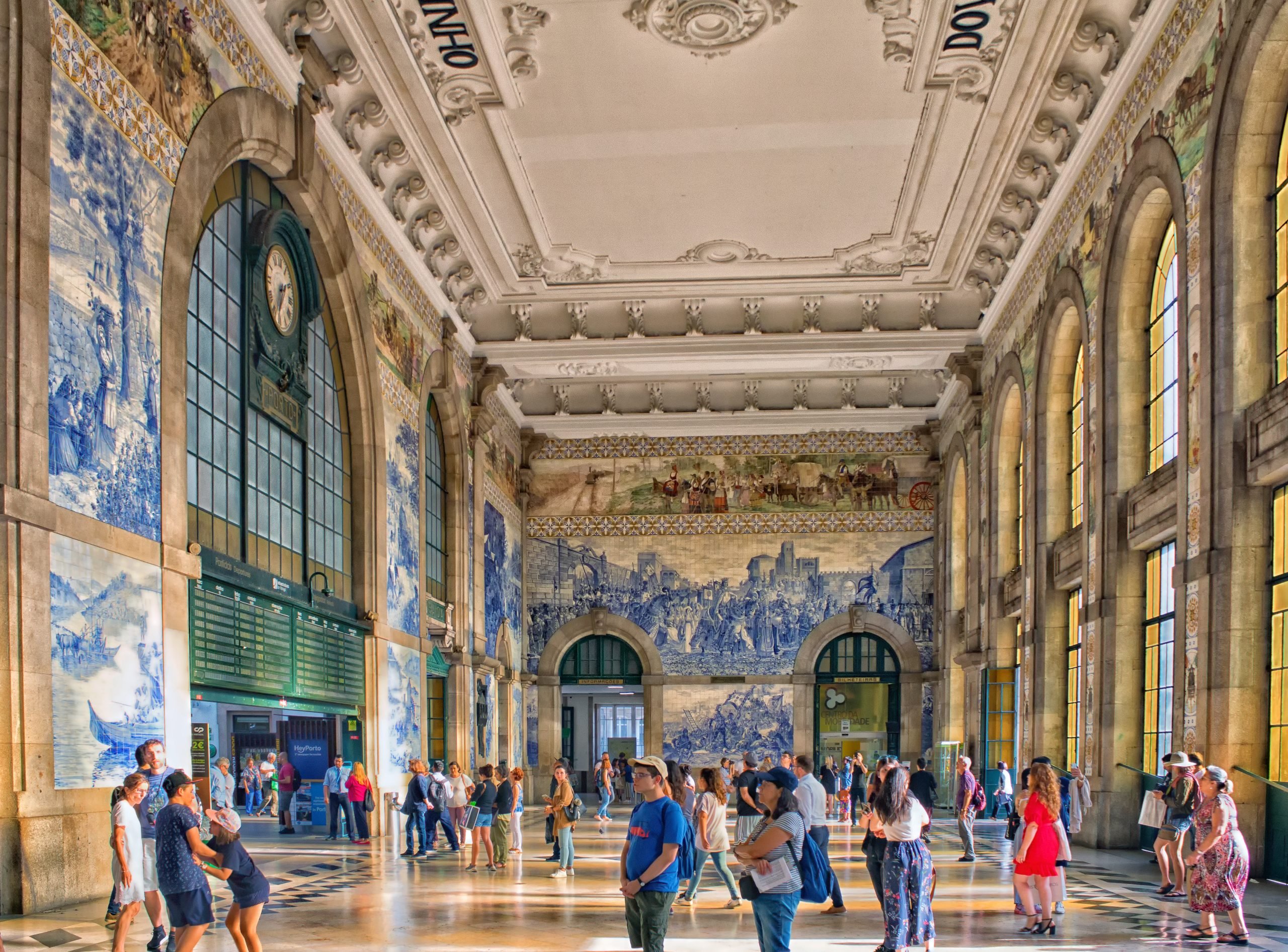
The perfect spot – Stand near the entrance to Platform 1. This elevated position allows you to capture the entire wall of azulejos depicting the Battle of Valdevez, with the grand arched windows providing natural lighting. For symmetrical shots, position yourself in the center of the main hall, about 5 meters back from the ticket counters, where you can frame the entire entrance hall with its ceiling rose in the center.
8. Quinta da Regaleira Initiation Well, Sintra
The Initiation Well at Quinta da Regaleira is one of Portugal’s most mysterious and captivating photographic locations – and you will have to wait in line to get a glimpse. This spiral staircase, descending deep into the earth, is surrounded by moss-covered stone walls and intricate Gothic details. The best images are taken from the top looking down, showcasing the well’s hypnotic symmetry, or from the bottom looking up, capturing the interplay of light and shadow.
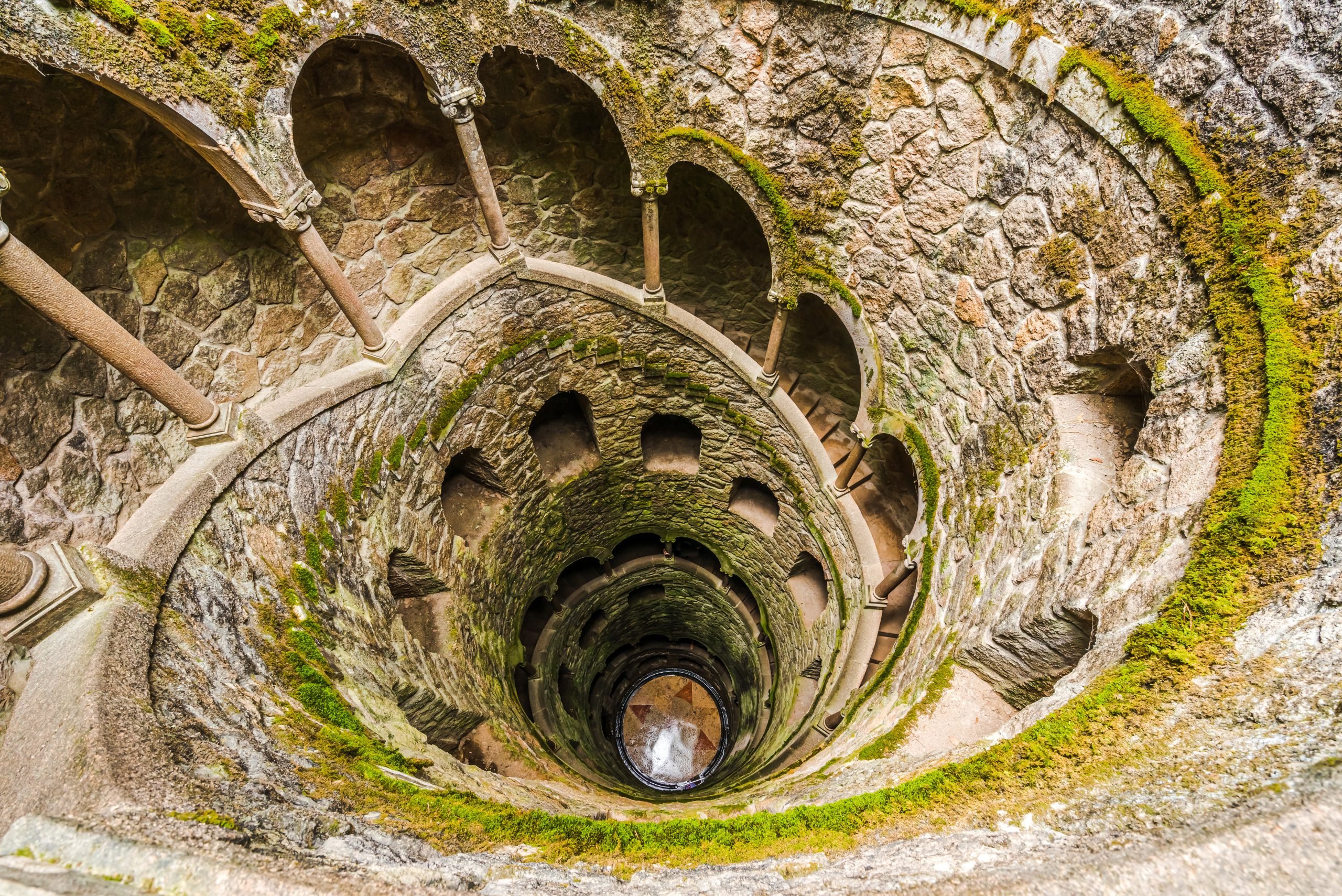
The perfect spot – Stand at the top of the well and shoot straight down for a mesmerizing spiral composition. Alternatively, if lighting permits, stand at the bottom and shoot upward to highlight the contrast between light and dark.
9. Sete Cidades, São Miguel, Azores
Sete Cidades, with its twin lakes – one blue, one green – is one of the most iconic landscapes in the Azores. This volcanic crater, surrounded by lush greenery, provides stunning panoramic photography opportunities. The best lighting occurs in the morning when the sunlight enhances the contrast between the two lakes.
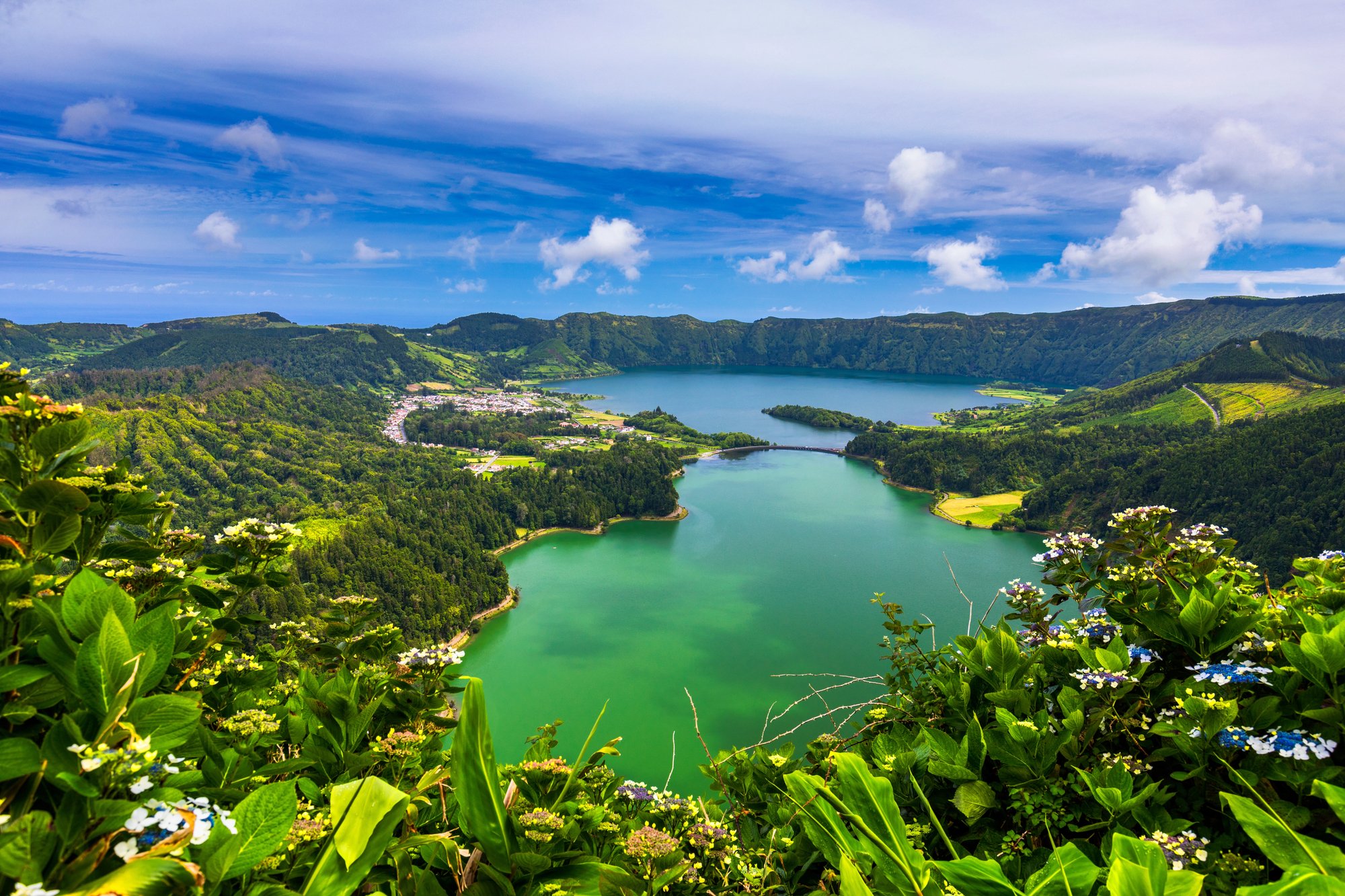
The perfect spot – Head to the Miradouro da Boca do Inferno viewpoint. From here, you can capture the full expanse of the crater, its lakes, and the surrounding rolling hills in one breathtaking shot.
10. Palácio da Bolsa, Porto
Completing our journey through Portugal’s most photogenic locations, we arrive at the Palácio da Bolsa in Porto. This 19th-century palace, particularly its Arab Room, represents the pinnacle of Portuguese architectural photography. The room’s elaborate Moorish-inspired decoration, with its gilded arabesques and intricate geometric patterns, creates mesmerizing compositions from any angle. The natural light filtering through the stained glass windows adds an extra dimension to photographs, especially during mid-morning when the sun is at the optimal angle to illuminate the room’s golden details.
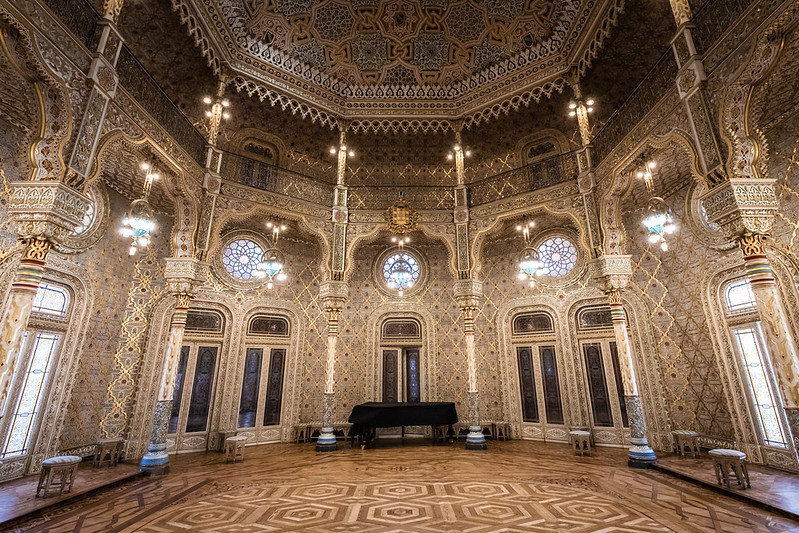
The perfect spot – In the Arab Room, position yourself in the northeastern corner, which allows you to capture the full expanse of the room with its golden arabesques and the central chandelier. For the most impressive architectural shot, stand just inside the doorway of the Arab Room, where you can frame the entire ceiling with its intricate geometric patterns and the ornate columns leading to the far wall.
Closing the Shutter
Beyond just capturing these locations, remember that timing is crucial for creating truly memorable photographs. The famous Portuguese light, celebrated by photographers worldwide, is at its most magical during the golden hours of early morning and late afternoon. Additionally, visiting during shoulder season (April-May or September-October) often provides the best combination of good weather and smaller crowds, allowing for cleaner shots without the summer tourists.
If you’re a professional photographer or simply looking to enhance your social media presence, these ten locations offer endless possibilities for creating stunning images that capture the essence of Portugal. Each spot tells its own story of the country’s rich history, waiting to be interpreted through your unique perspective and lens.

